Lumbersexual life: The joy of chopping wood and building the perfect bonfire
For a decade, Rob Penn has felled, split and seasoned his own firewood. Here, he reveals how his axes keep him sane - and why the local farmers think he's mad
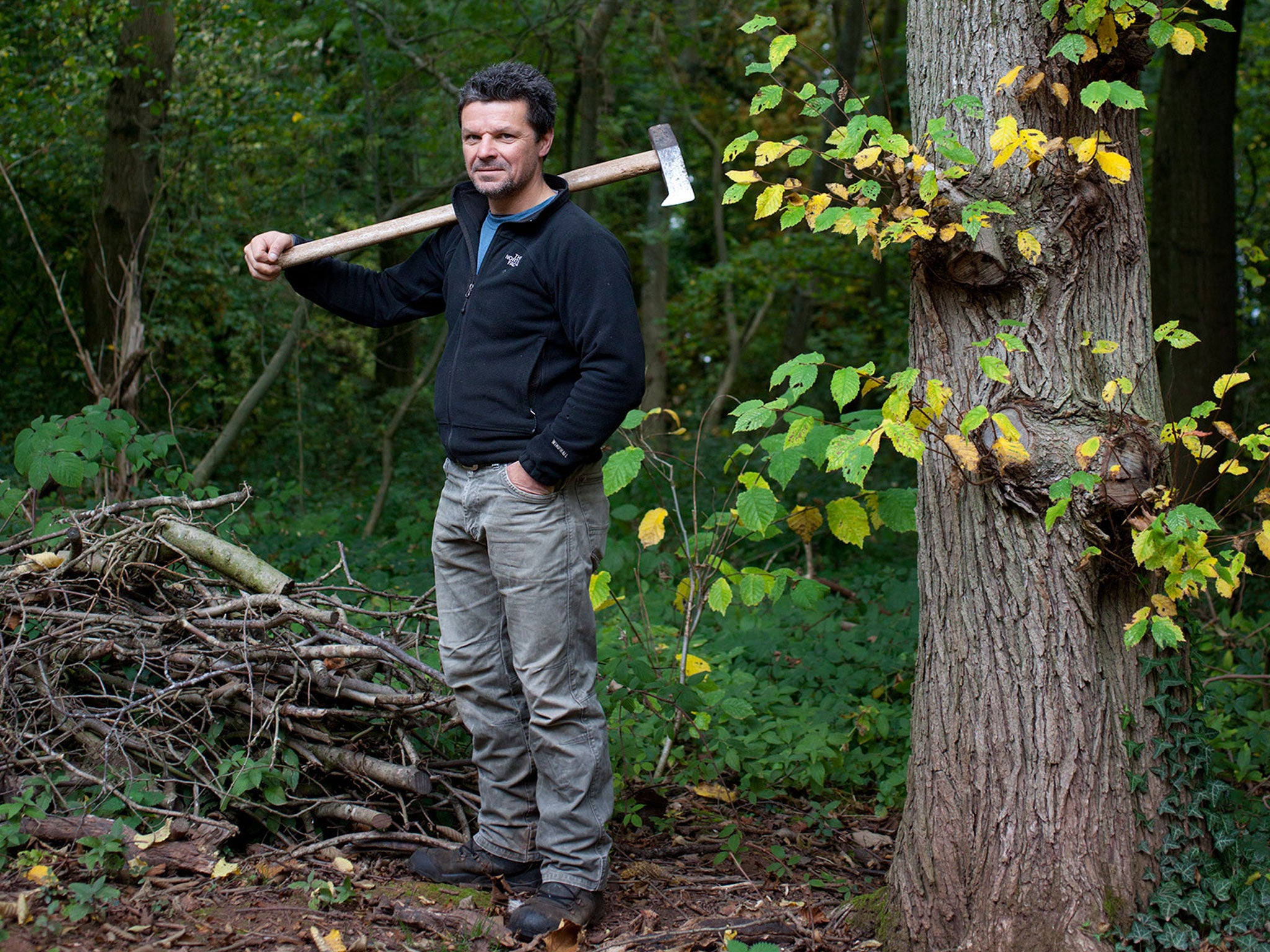
Your support helps us to tell the story
From reproductive rights to climate change to Big Tech, The Independent is on the ground when the story is developing. Whether it's investigating the financials of Elon Musk's pro-Trump PAC or producing our latest documentary, 'The A Word', which shines a light on the American women fighting for reproductive rights, we know how important it is to parse out the facts from the messaging.
At such a critical moment in US history, we need reporters on the ground. Your donation allows us to keep sending journalists to speak to both sides of the story.
The Independent is trusted by Americans across the entire political spectrum. And unlike many other quality news outlets, we choose not to lock Americans out of our reporting and analysis with paywalls. We believe quality journalism should be available to everyone, paid for by those who can afford it.
Your support makes all the difference.My woodland in the Black Mountains, South Wales, is small. There is a mix of young oak, alder, beech, birch, hazel, lime, hawthorn, wych elm, the odd sweet chestnut and a lot of ash. When we moved to the house 12 years ago, no one had raised an axe or swung a billhook here since the Second World War, when much of the woodland in the area was felled to provide timber for the war effort. It was a dark, tangled thicket with a canopy of leaves as carefully stitched as a Welsh quilt.
At first, I was unsure about what to do with my wood. Then I re-read A Sand County Almanac by Aldo Leopold, the early American environmentalist. He wrote: "I have read many definitions of what is a conservationist, and written not a few myself, but I suspect that the best one is written not with a pen but with an axe." And, tentatively, one winter I started to coppice – the ancient woodland-management practice of cutting trees back to ground level to stimulate regrowth. I felled the old, bulging hazel stools along the field boundaries. I thinned out the weakest trees, rendering new vigour to what was left. I planted oak trees. I left standing dead timber and rotting wood on the ground. Birds began to nest in the piles of brash. Wild flowers sprung to life. And the firewood started to pile up.
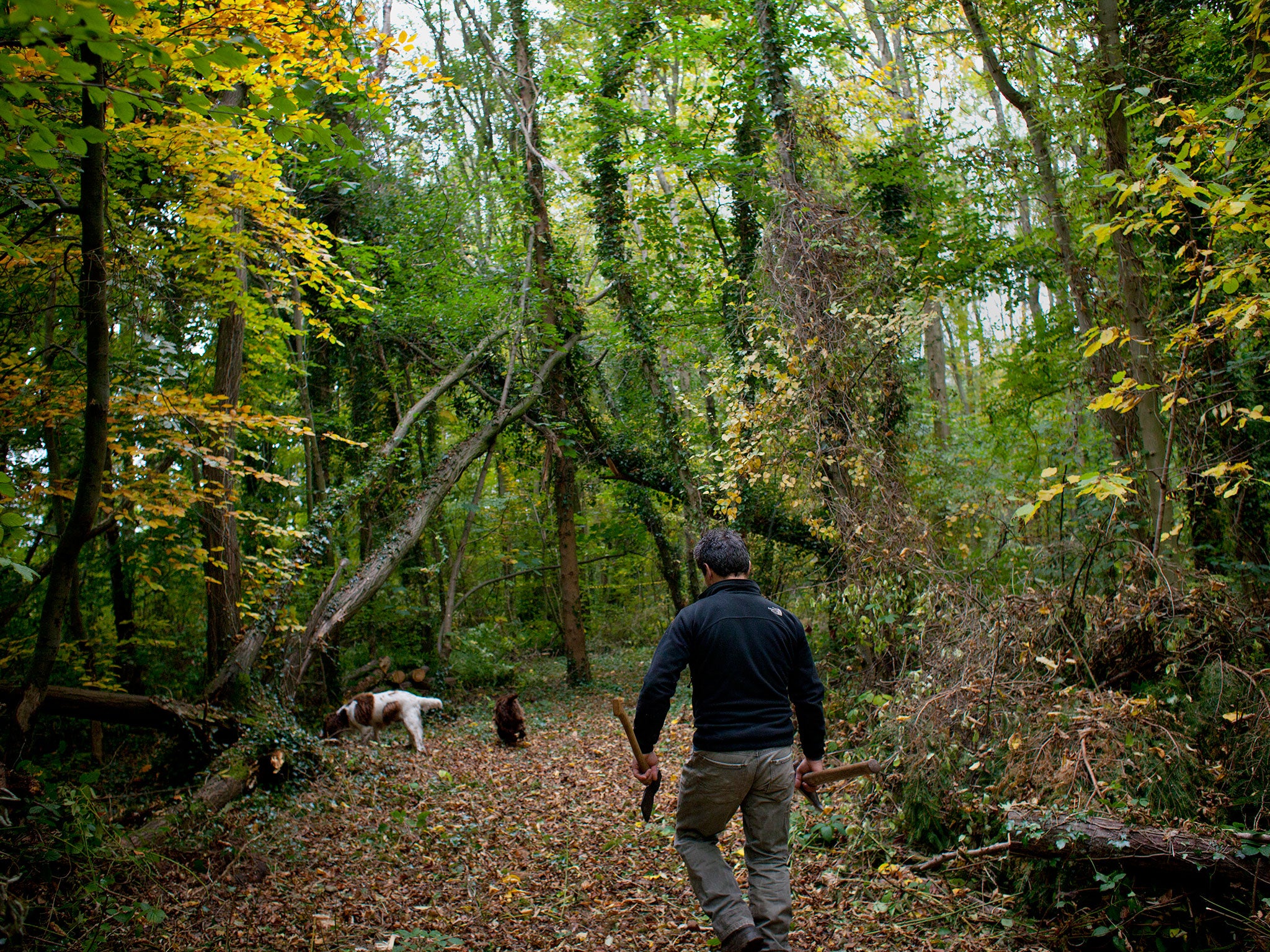
I slipped quietly into the annual cycle of cutting back trees in winter, splitting and stacking the wood in spring, leaving it to season through the summer, transferring it to the woodshed in autumn, and burning it to keep the family warm the following winter. This cycle is now a cardinal component of my existence. I often wonder how I ever knew domestic contentment without it. It makes me part of an ancient tradition, gives me a role in the landscape and enriches my experience of the changing seasons. It also encourages me to observe and care for the trees in my wood: trees, it seems to me, summon us to witness nature; they are closest to its heart.
The part of the cycle I enjoy most is splitting logs with an axe. I'm not entirely sure why this is so, but I'm not alone in relishing axe-work. "All good men love an axe," the pioneering ecologist John Stewart Collis wrote in The Worm Forgives the Plough. Leo Tolstoy regarded axe-work as a religious discipline. George Bernard Shaw once declared that it kept him sane; I can understand that.
An obvious attraction is the sheer physical exertion: "The wood warmed me twice, once while I was splitting them, and again when they were on the fire, so that no fuel could give out more heat," Henry David Thoreau wrote in Walden; or, Life in the Woods. The exercise uses several muscle groups in the body, while the effort produces endorphins and adrenaline.
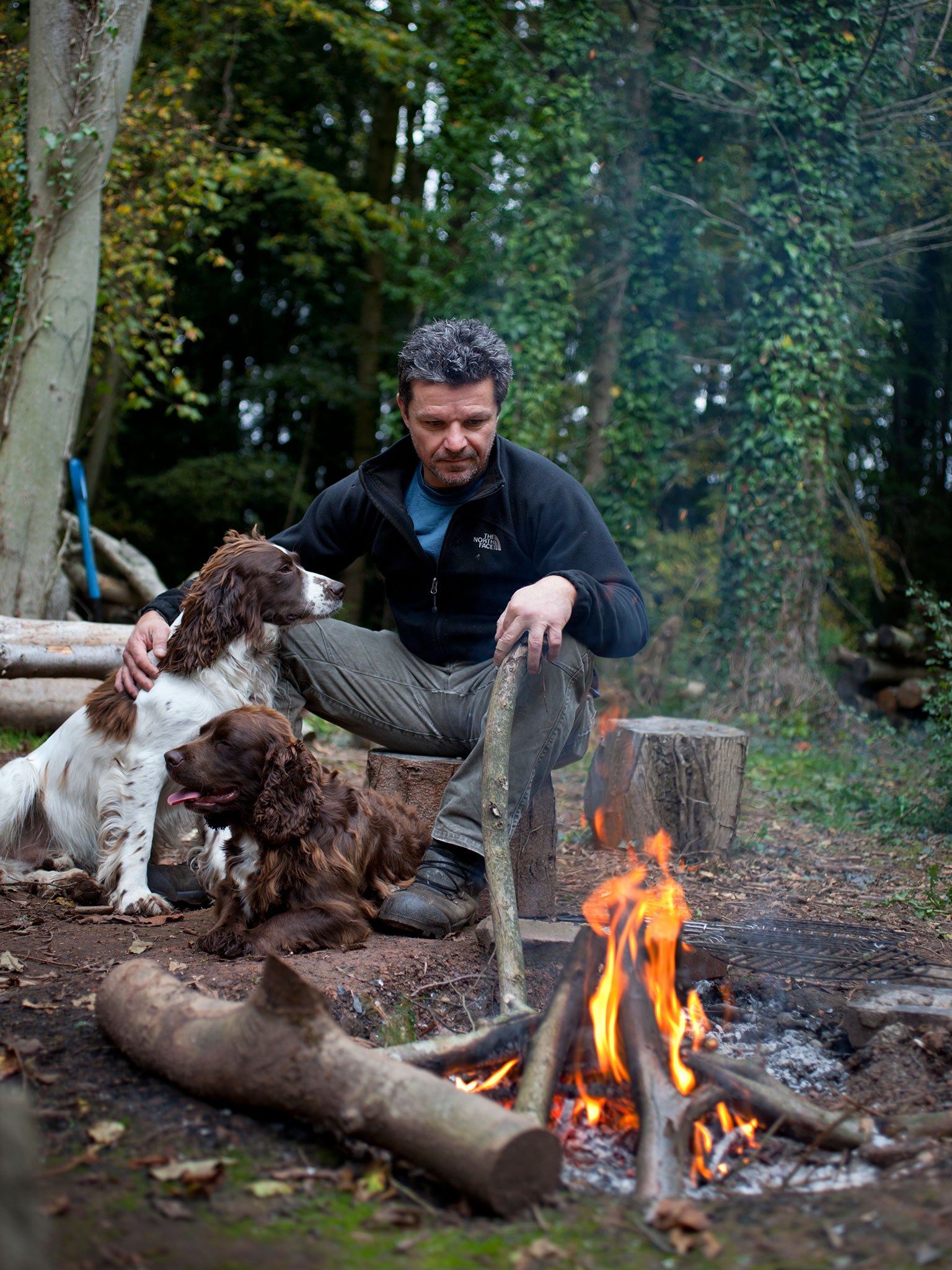
There is also the basic pleasure of standing up and being outside, of feeling the rain on my face and an ache in my lower back, which is important if you sit at a desk for much of the day, as I do. Chopping firewood can be done in short bursts – in fact, little and often is the best way to approach a large pile – yet, as the logs mount in a stack around your chopping block, there is an obvious and pleasing sense of progress after just half-an-hour. If I keep at it for longer, I can fall into a trance chopping wood: it is a form of meditation, albeit with a lethal weapon. Somehow my capacity to concentrate, and strike the log precisely where I want, is heightened in this state; meanwhile, the general debris of daily life gently empties from my head, leaving a void. Paradoxically, in this void I sense I am exercising my judgement and sharpening my cognitive attentiveness, a human virtue that degenerates in many other parts of my daily life.
There is also a measure of gratification in the logs themselves. As it's easier to make a good fire with a selection of logs, I tend to cut my wood to different sizes. The variety in shape, weight and colour is endless, and aesthetically pleasing. Each swing of the axe is like turning the page of a book; it opens a new part of the tree, and elicits a little more information about the tree's life: V-shaped and ellipsoid figures, curly grain, ray flecks, dimples, tight knots, loose knots, bark pockets and staining from diverse fungi might all show for the first time when a log is split.
I love the sound the axe makes splitting the log. This sound varies, depending on your axe, how hard you swing and the size of the log. Strike a round log 3ft in diameter and you get a deep, heavy thunk that resonates through the chopping block, into the ground and back up your legs. Let the heavy maul drop on a six-inch, straight-grained log and it splits with a ting or a twang. These sounds vary again from one species to another. They also change according to how wet or dry the logs are. The sound of logs being split will also speak of the accuracy and skill of the woodcutter. Put the axe in the hands of an expert and you will hear an assuring symphony; set an eager debutant to the task and the woodshed will ring with a jarring cacophony.
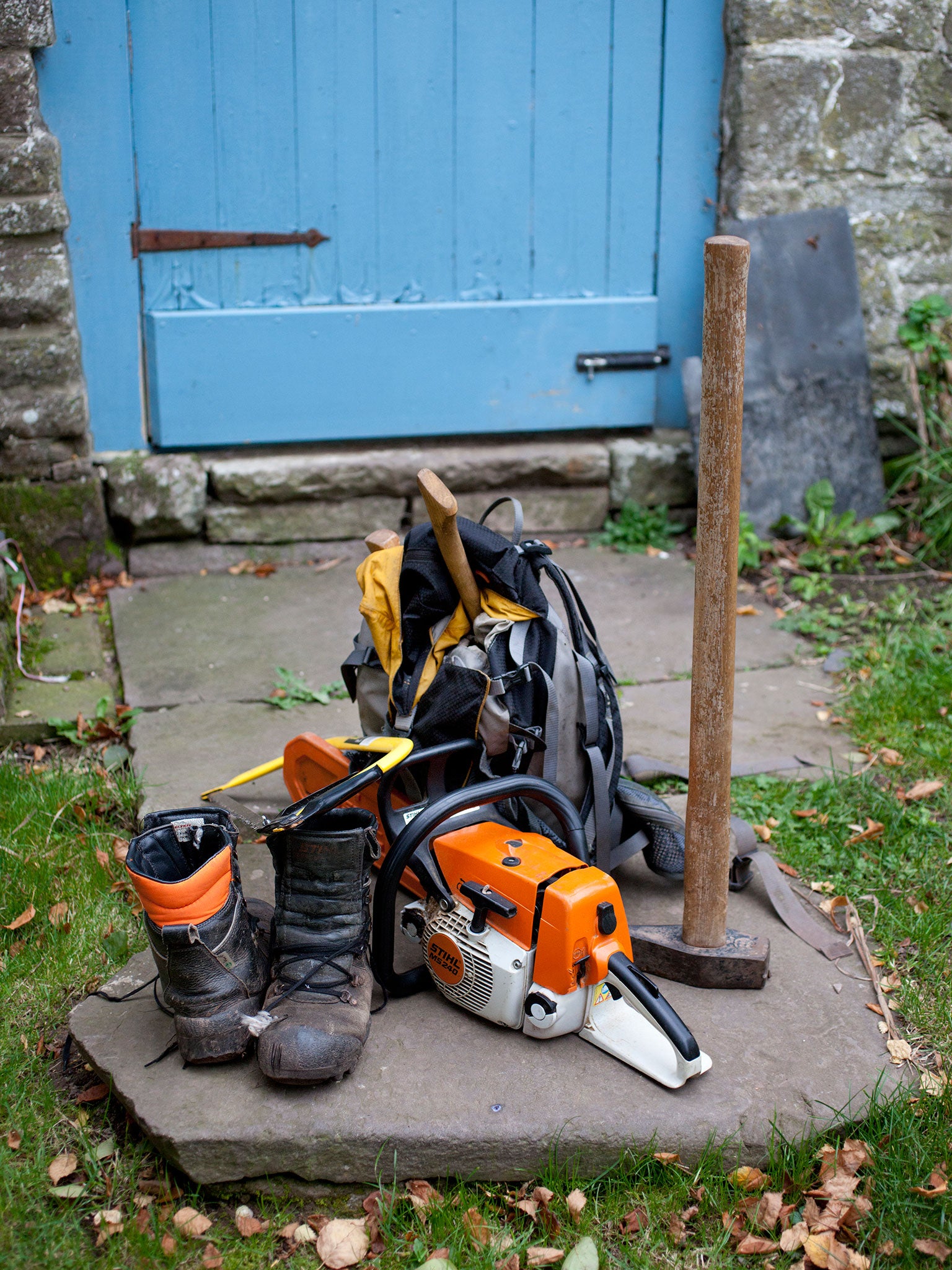
Yet it is the physical sincerity of the act itself – swinging a lump of steel into a block of wood at 50mph – that I find so enthralling. When I strike a large, knotted lump of oak from near the base of a tree and the bevel of the axe rebounds, leaving only the faintest impression, the failed effort surges back through the ash handle, up my arms and into my shoulders; that is the strength of a tree that resisted the will of innumerable gales. On the other hand, when the steel edge breaks the surface of an ash log and the "cheeks" of the blade race down through the cleft in the grain, sending two white logs their separate ways, there is a sense of completeness in the act that sings through my body. It has the momentary physical pleasure of timing a tennis shot perfectly, or creaming a football on the half-volley.
I can't explain this to the farmers in the local pub, though. They hate splitting logs with an axe. In fact, few do it any more: the majority use a firewood processor, which sucks in 6ft logs, cuts them to length, splits the rounds and spits the logs out the other end. If you start after breakfast, you can process enough firewood for an entire winter before lunchtime. Tolstoy would not have approved. Shaw would have gone mad.
Proficiency with an axe is not something I inherited. My dad preferred birds and books to billhooks; I'm not sure if he ever split a log in his life. I had to learn when I started to manage my woodland. One local farmer-cum-woodsman took sympathy and gave me a lesson, which ended with him splitting a match on the chopping block. For a while after that, he would k count my fingers whenever we met. Later, when I bought a chainsaw, he used to stop his truck on the lane and peer in through my window. "Good. Still got all four limbs," he'd say.
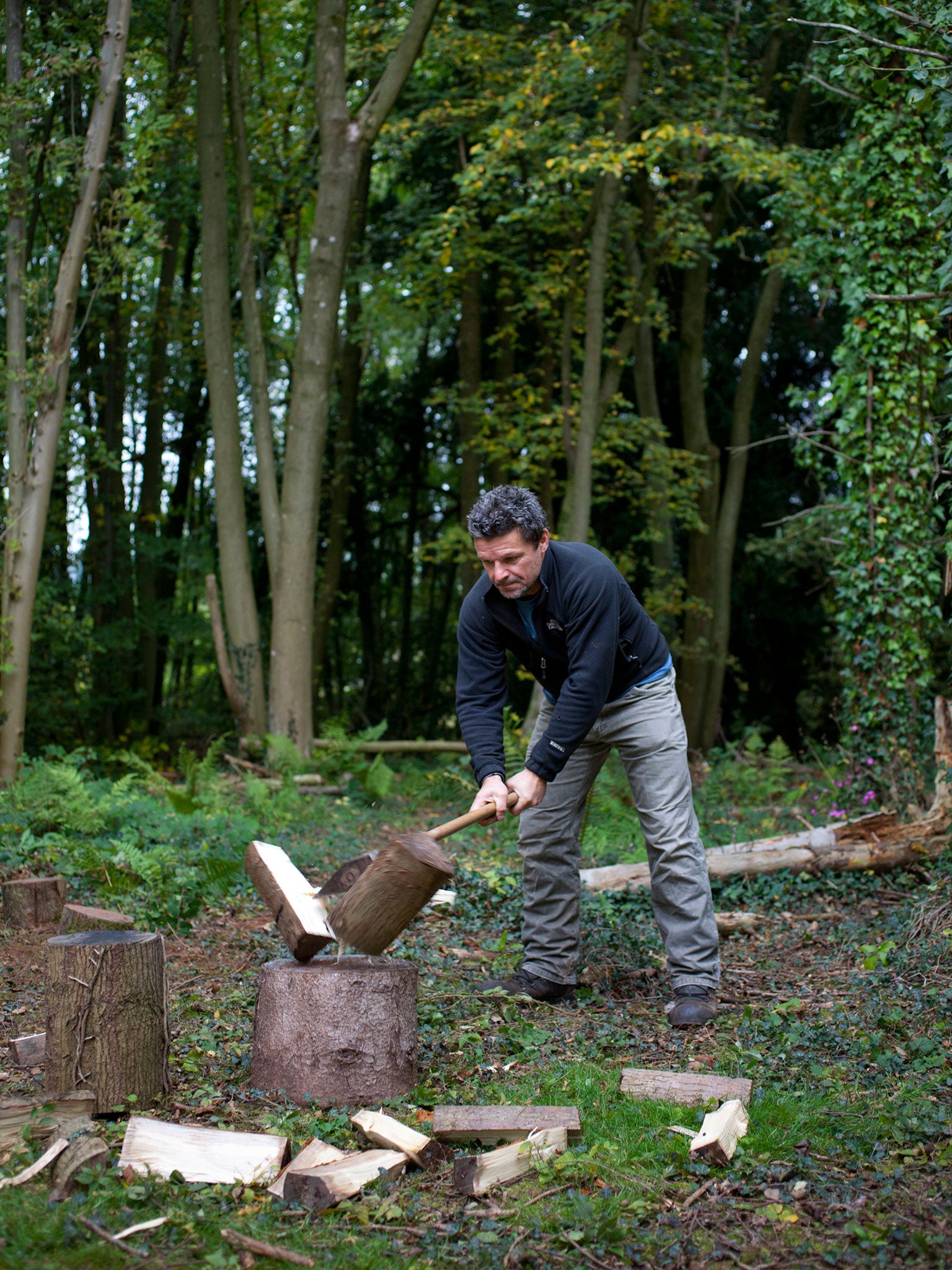
Working with trees and wood is, for me, about satisfying an atavistic itch. Just holding an axe handle made from ash is a reminder that the past is not as distant as we think it is, while swinging that axe is to gently resist the mechanisation of the countryside. Carrying firewood into my house is my small effort to make the world more intelligible, by bringing the provenance of everyday things closer to home. In providing fuel, my woodland also saves me hundreds of pounds a year. I use around four to five tonnes of seasoned firewood each year, in three wood-burning stoves.
Wood has recently become – I hesitate to write this, it seems so absurd – fashionable. Sales of wood-burning stoves, fireplaces and firewood have been rising steadily for a decade. Books on chopping, stacking, seasoning and burning firewood have been hitting the bestseller lists. The "lumbersexual" – heavily clad in plaid, with a big beard and a mop of ruffled hair – is the new man about town. His primal appeal is the antithesis to the "metrosexual" of yesteryear.
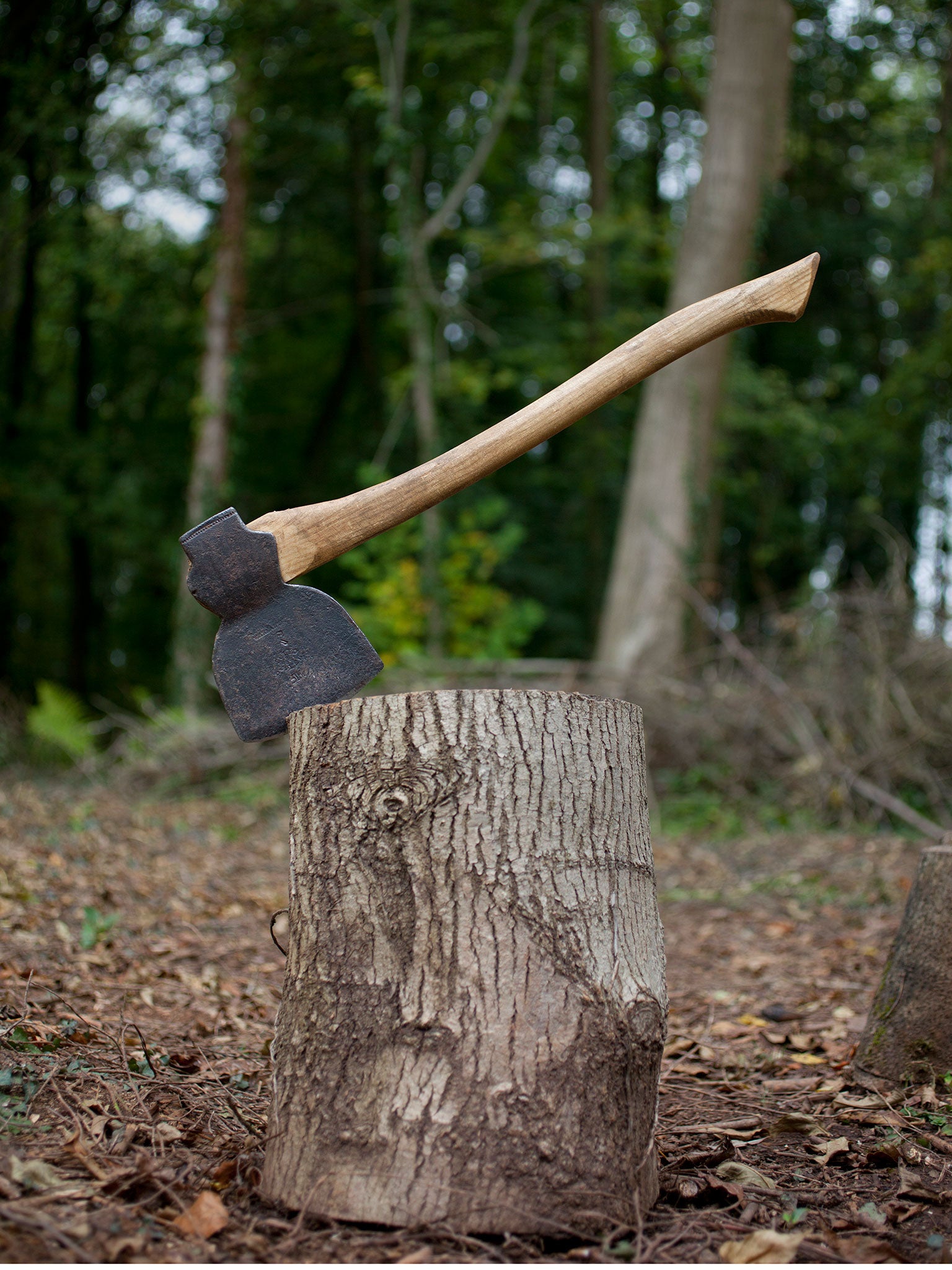
I have a beard from time to time. Occasionally, I wear plaid. My office is a shack in the woods. I own a collection of axes. I take pride in my wood stack. I have just spent two years writing a book about the ash tree. I guess I must be a lumbersexual, albeit with greater emphasis on the lumber. Mrs Penn is naturally dubious about being married to an incarnation of an urban icon. She thinks I might be getting too big for my logging boots. Now, when she spots me heading for the woods with an axe on my shoulder, she says, "Look at my little Neanderthal man, gathering fuel to keep the tribe warm over winter."
The lumbersexual will, one day, swing out of fashion. I will be taking firewood from my woodland long beyond that. I walk through this wood most days. In spring, the trees are full of bird banter. In summer, rods of sunlight fall through the canopy. Sometimes I wonder whether the sound of the breeze in the trees is a sigh of contentment, like my spaniels settling down beside the fire in winter. Certainly I feel I have taken ownership of my wood. In managing it, I have rooted myself to a place in the turning world.
'The Man Who Made Things Out of Trees' by Rob Penn (£16.99, Particular Books) is out now
Get Bonfire Night off to a roaring start
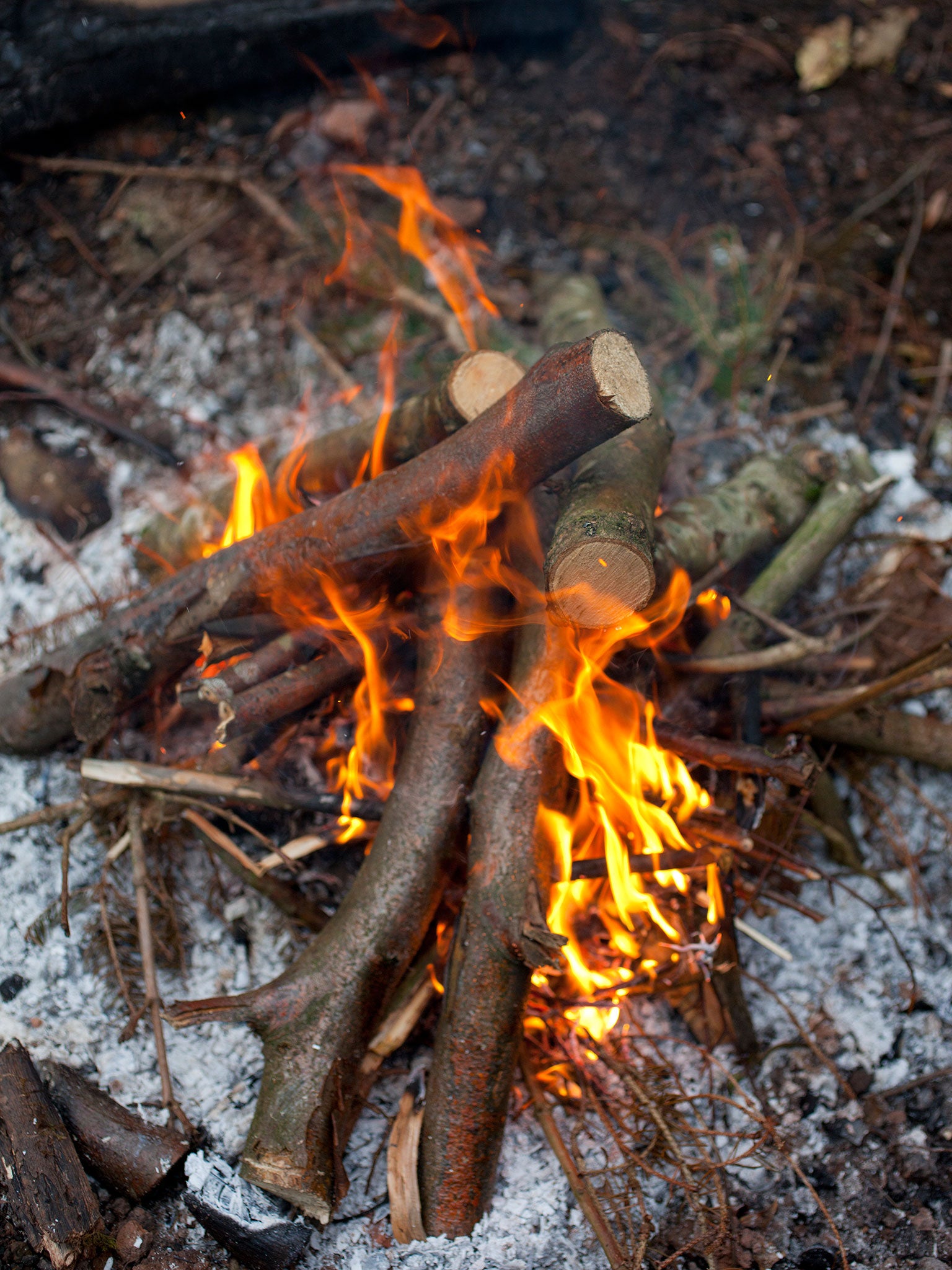
To light a good bonfire, first choose a dry patch of ground, dig a pit a few inches deep and lay a lattice of sticks over. Make a base of dry leaves, more sticks, newspaper and natural firelighters around a tower of kindling laid on top of the lattice.
Next, build a cone of upright, longer sticks around the tower, leaving a small gap through which to light the fire. Keep building out and up in layers with longer sticks then sections of seasoned branch wood (cut and split into manageable pieces and then air-dried in a pile over the spring and summer). When your wigwam is ready, light the paper. Add split, seasoned firewood, carefully at first, when the fire is hot.
For a good bonfire, you want wood that has been seasoning for nine months or more. Burning unseasoned or wet wood is a bad idea for a number of reasons: it creates smoke, it is a cause of air pollution and, crucially, wet wood's energy content (the amount of heat released per unit of fuel burnt) is much lower. If you are burning on a wood burner inside, wet wood can deposit flammable resins such as tar in the chimney and cause fires. The only species you can get away with burning unseasoned is ash, as it contains less water than all the others when it is felled.
Join our commenting forum
Join thought-provoking conversations, follow other Independent readers and see their replies
0Comments